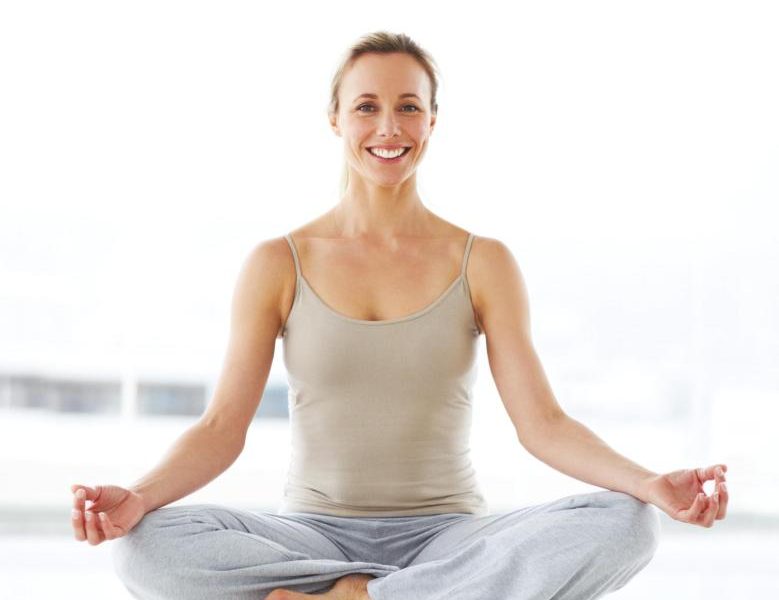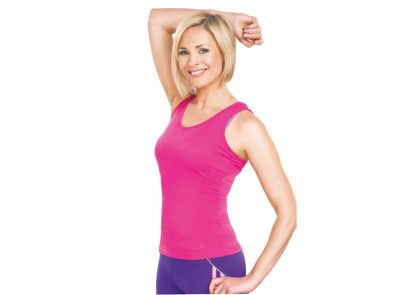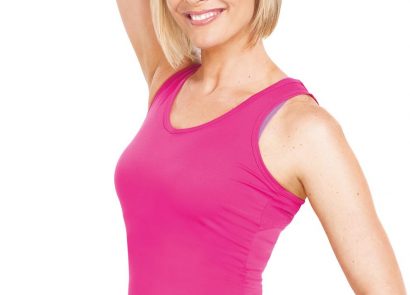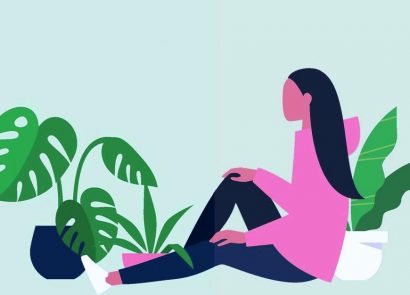1. Strengthen your posture
“Lotus pose can help to improve your posture by encouraging proper and correct spinal alignment,” says Sarah. “It stretches the feet, ankles, knees, and hips, and it also stimulates the tissues and nerves of the pelvis, spine, abdomen, and bladder.” It particularly helps the joints around your knees and the sacroiliac joints, and it also enhances joint and ligament flexibility. “Make sure you warm-up before coming into the pose with some gentle yoga exercises or sun salutations,” says Sarah. “If you have any injuries in the lower body or back, wait until you’re fully fit again before practising it, otherwise you won’t reap the full benefits and could end up hurting yourself.”
2. Feel more chilled
While energising and uplifting the body, Lotus pose is also incredibly calming. “When you practise the movement, you need to maintain a good posture and spinal alignment, which facilitates the deep breathing necessary to obtain a meditative and peaceful state,” says Sarah. “It’s believed that when the pelvis grounds down towards the floor, this stimulates the nerves in the sacrum (a triangular bone in the lower back), which activates the parasympathetic nervous system and gives an intense, soothing effect.”
3. Prevent injuries
The strength and flexibility that you gain by practising Lotus pose can even help you to avoid injuries in other activities, such as hiking and skiing. “The pose brings about a deep sense of grounding, and is believed to increase circulation in the lumbar spine, nourish and tone the abdominal organs and muscles, strengthen the ankles and legs, and increase flexibility in the hips,” says Sarah. For people with tight hips, getting into the pose can be a challenge. “You have to learn how to relax, then open and rotate your hip joints.”
4. Reduce menstrual pain
For people who suffer from menstrual pain, cramping or bloating, Lotus pose can help to relax the nervous system and strengthen the muscles around the reproductive organs. “The move helps to open your hips, while strengthening the core and back, which is usually where menstrual pain is felt,” says Sarah. “It also helps to reduce stress, which plays a role in regulating hormones.”




















